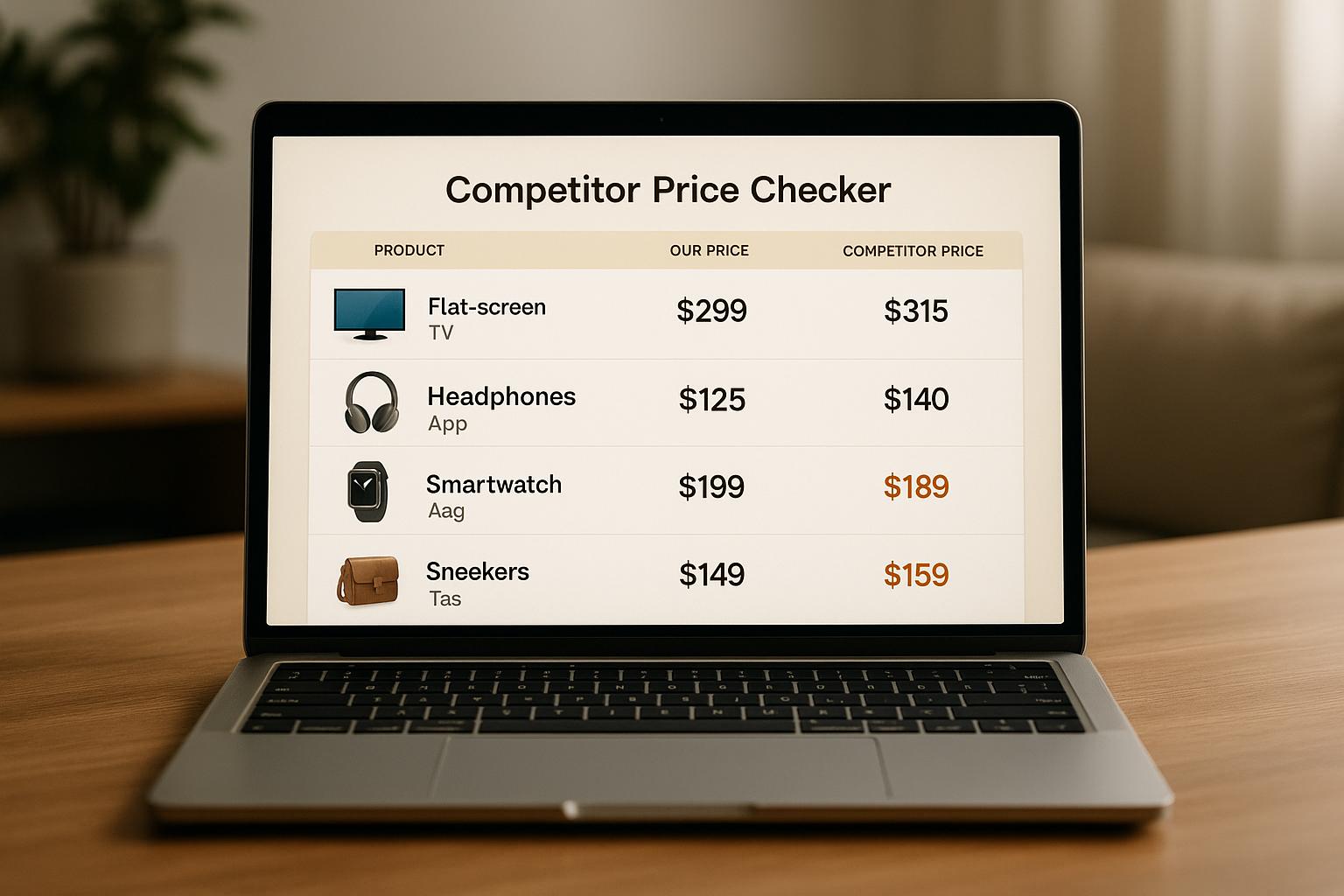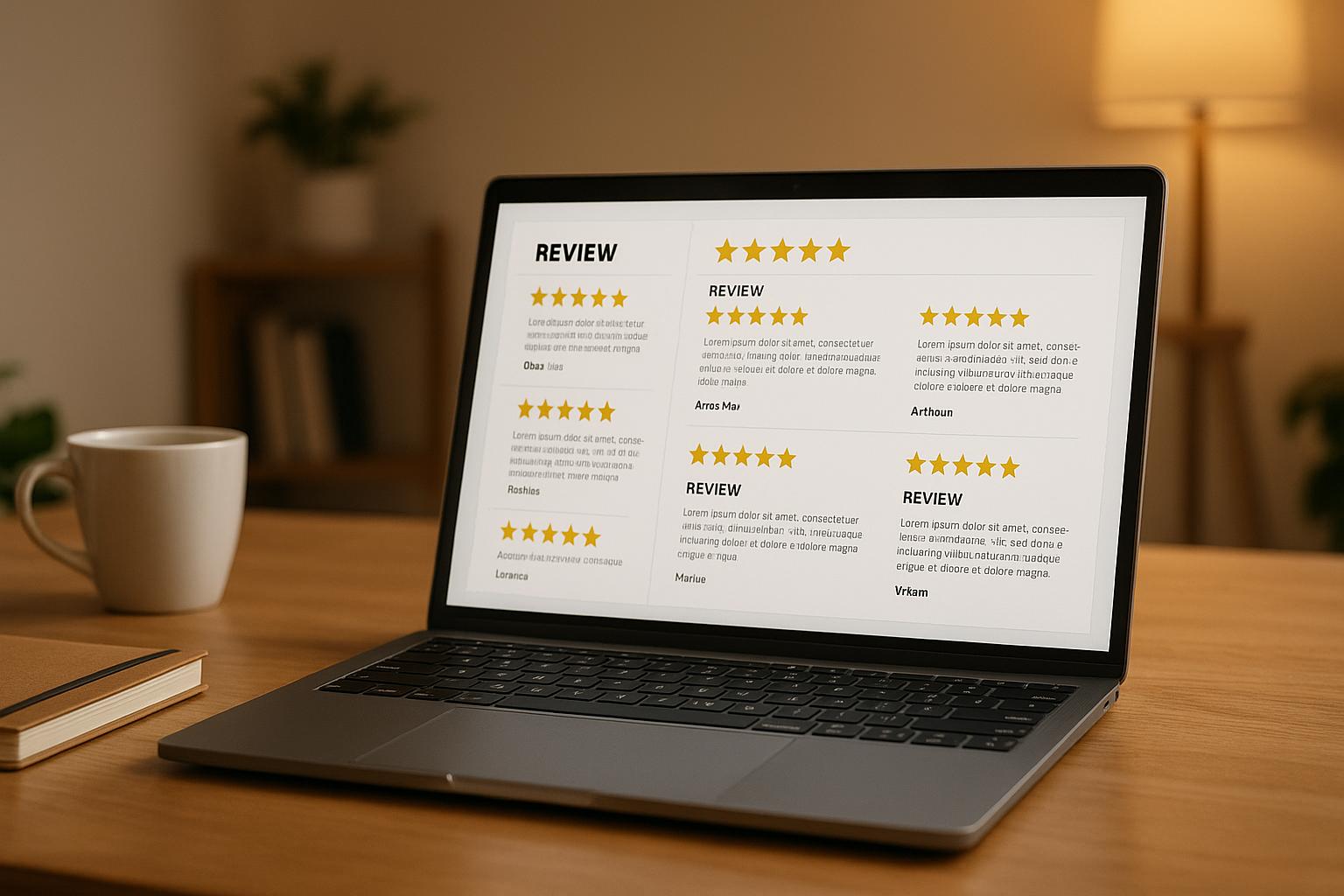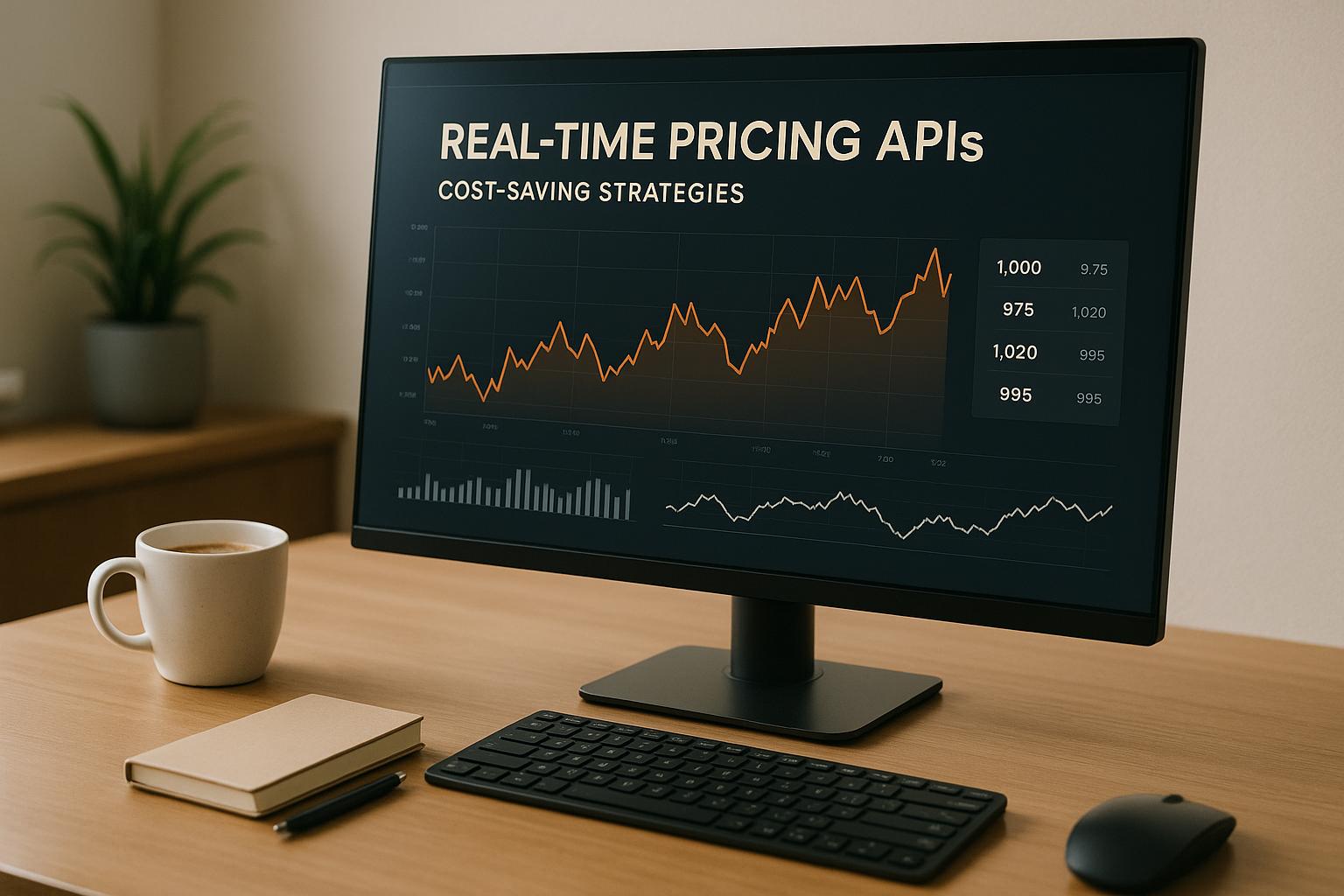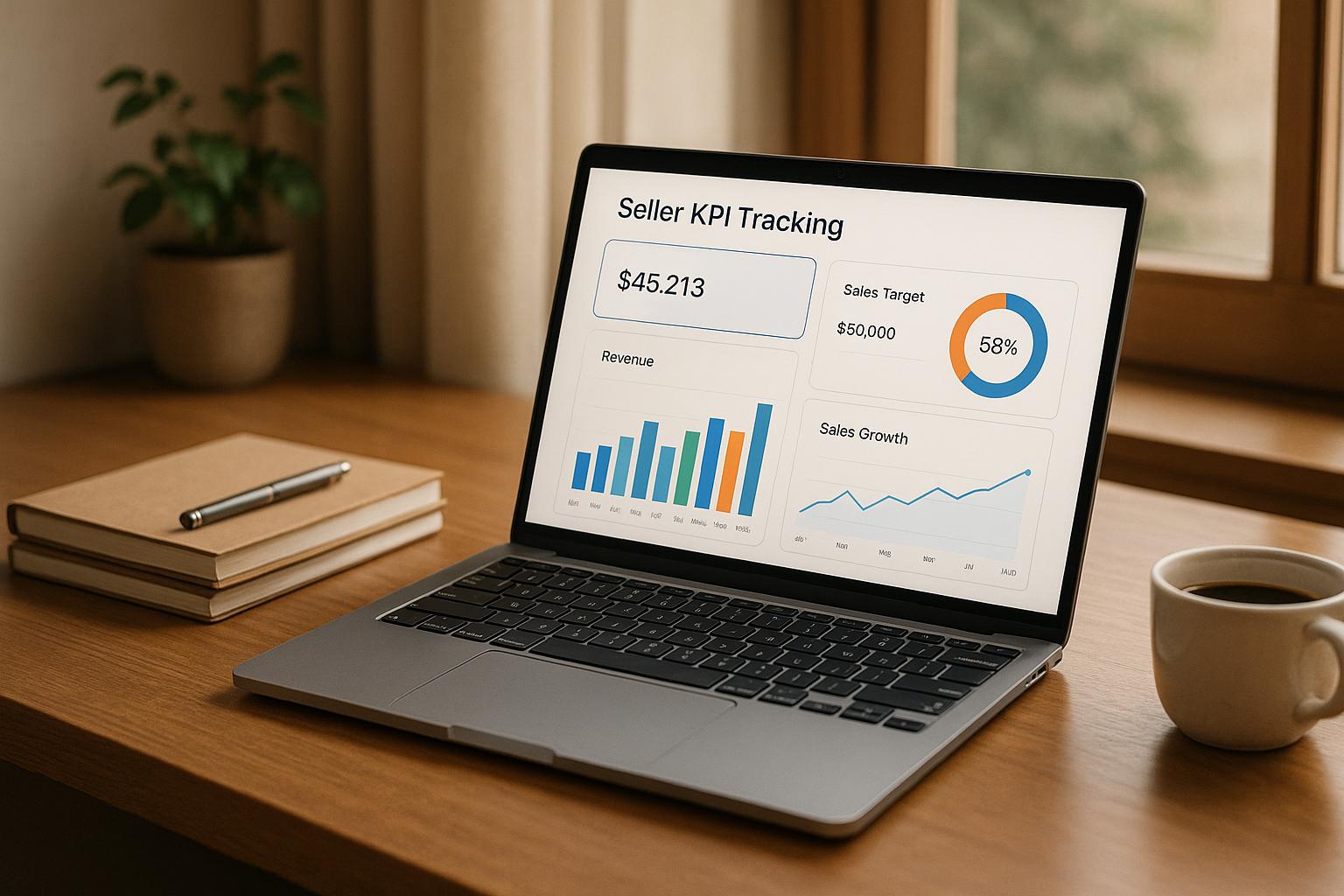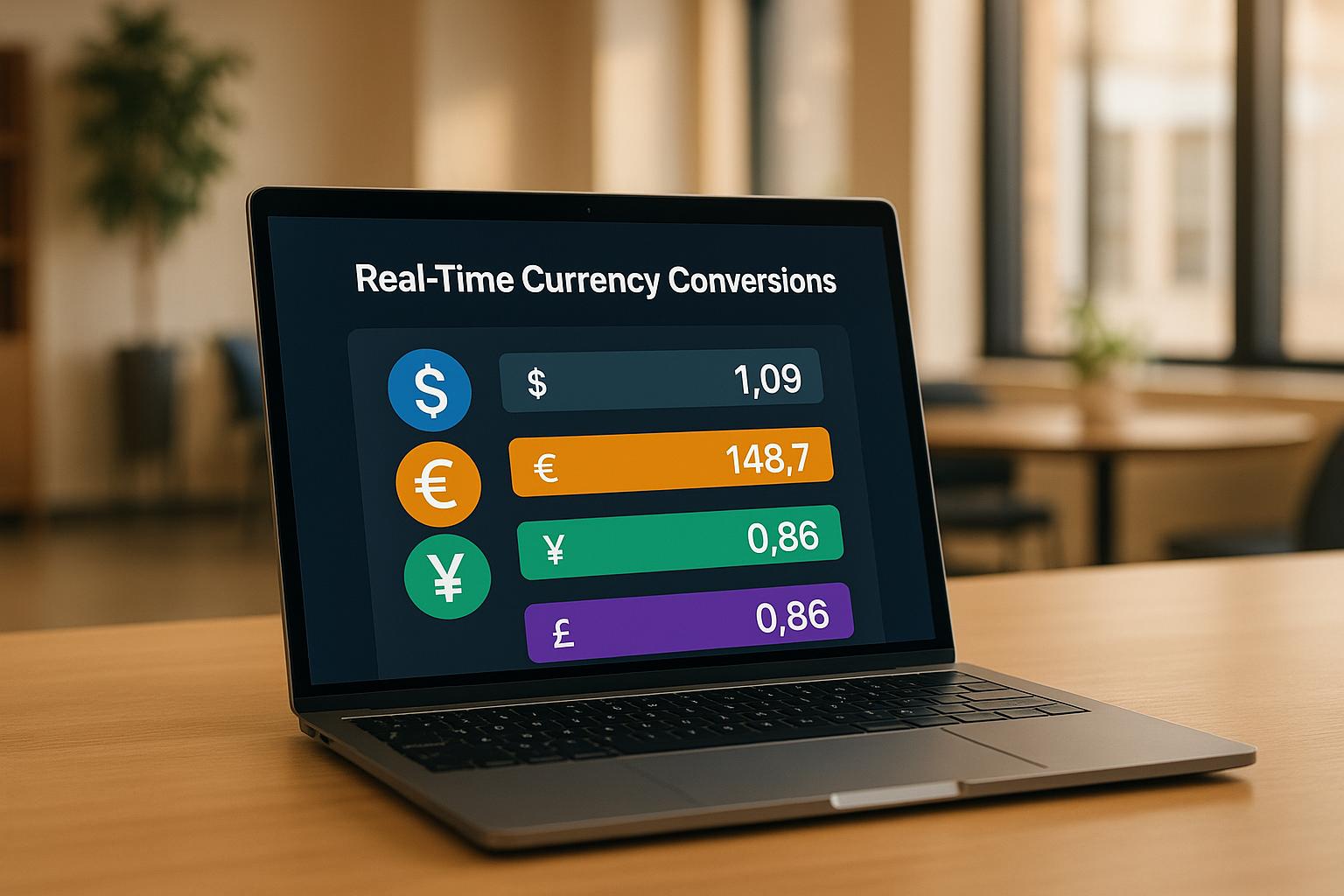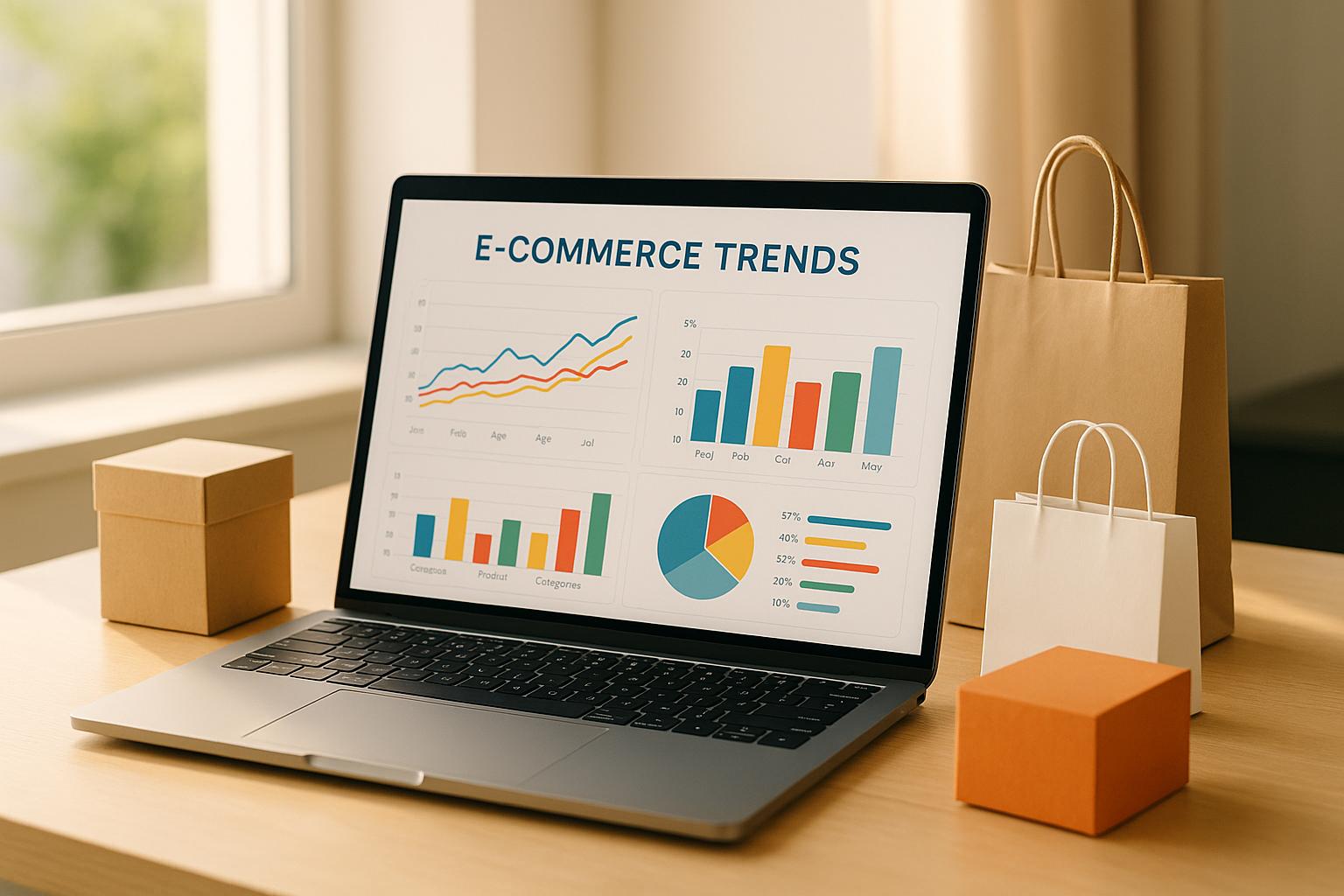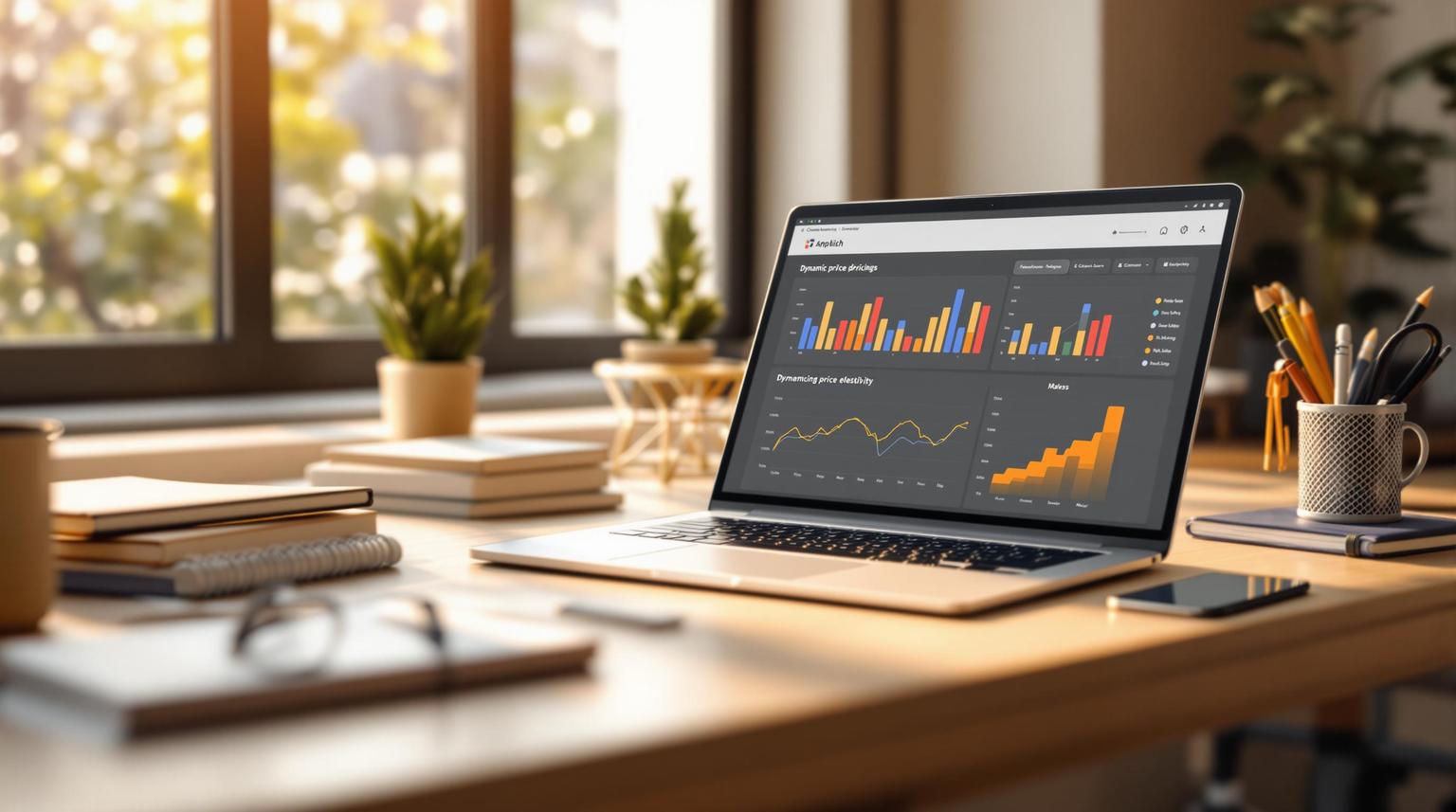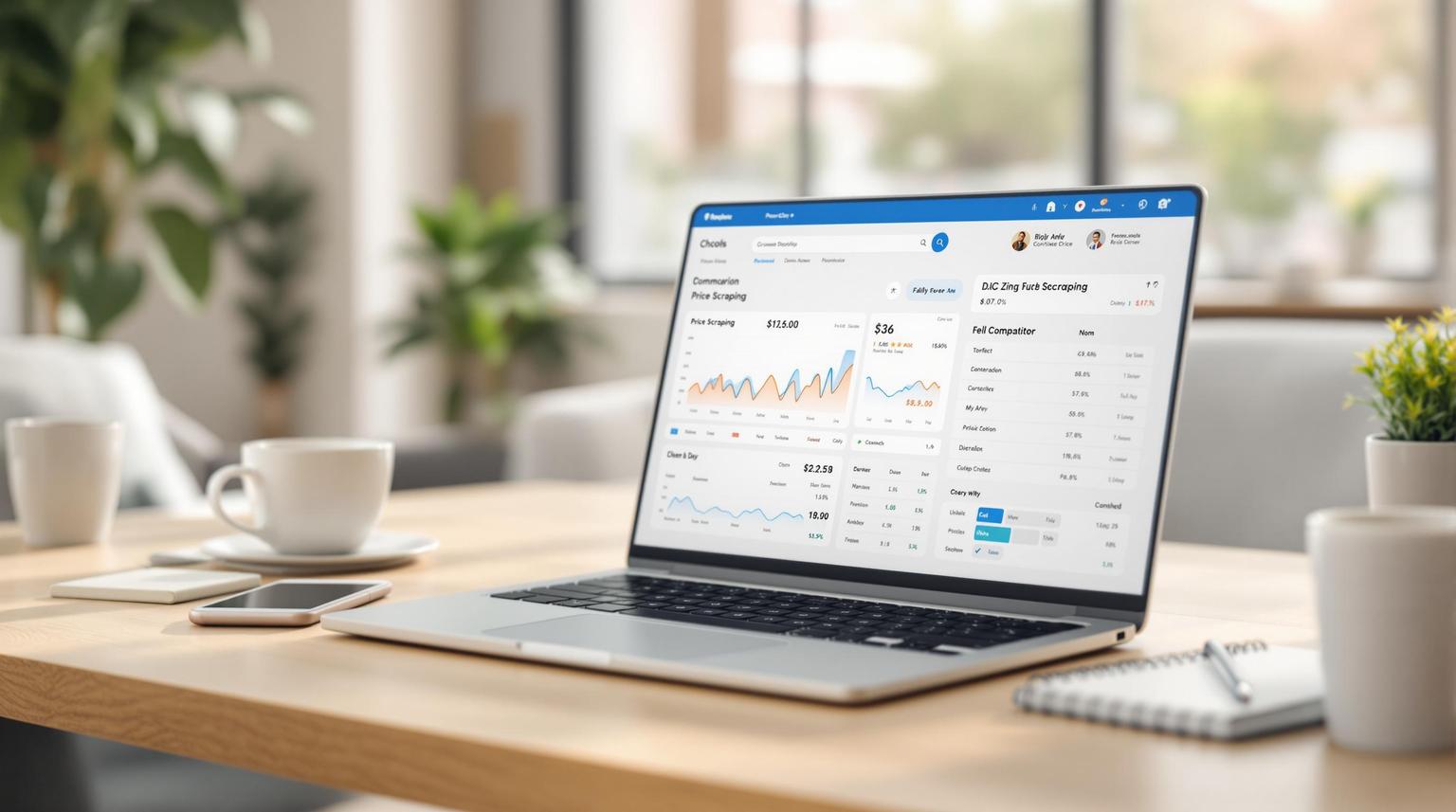Common Legal Issues in E-Commerce Scraping
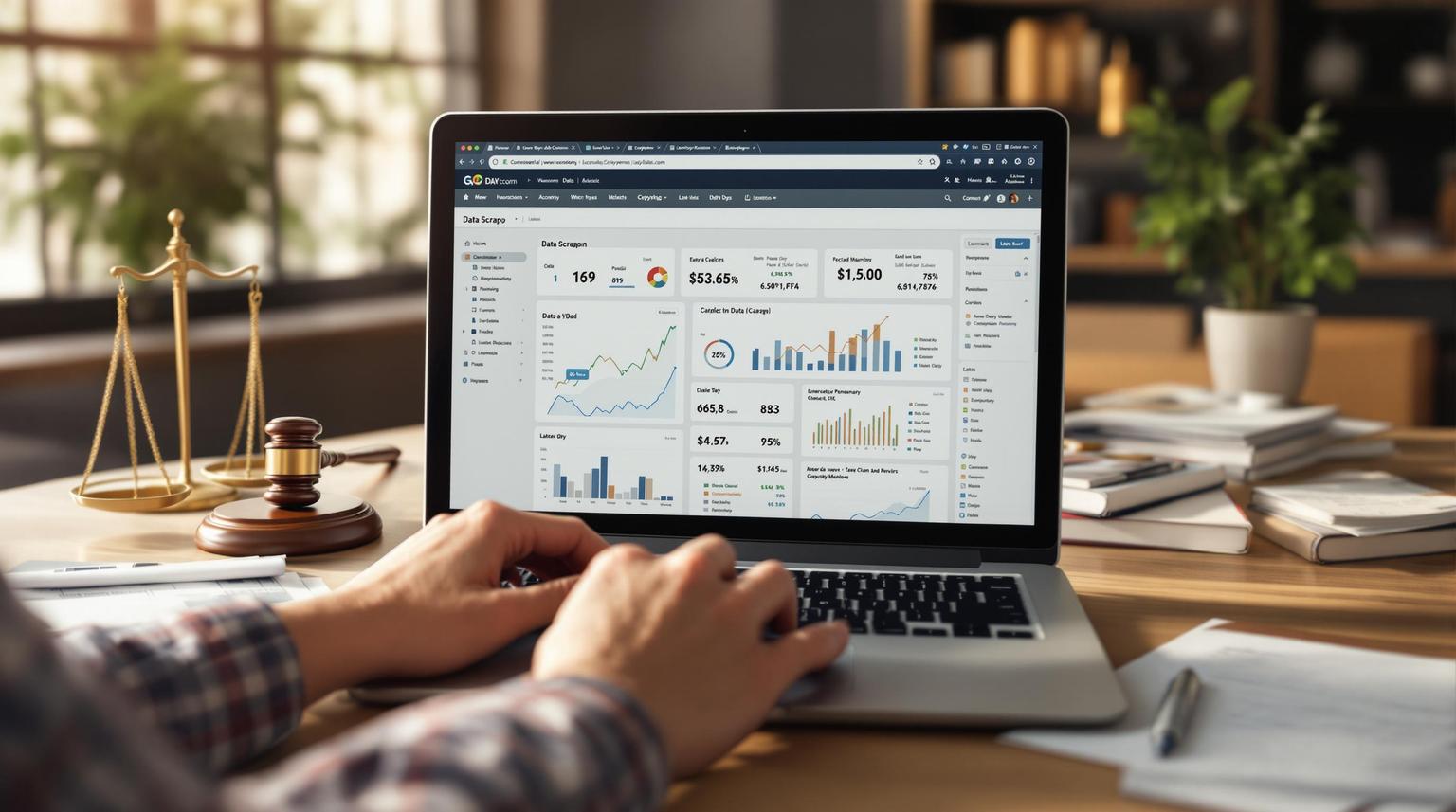
March 13, 2025
E-commerce scraping can provide valuable data for businesses, but it comes with legal risks. To avoid penalties, companies must comply with copyright laws, website terms of service, and data privacy regulations. Here's a quick overview of the key points:
- Copyright Laws: Product descriptions and images are protected, while price data and basic product info are not.
- Terms of Service (ToS): Violating ToS can lead to account bans or blocked access. Follow rules like respecting
robots.txtand rate limits. - Data Privacy: Regulations like GDPR and CCPA impose strict rules on handling personal data. Focus on public, non-sensitive data only.
- Legal Scraping Tools: Use compliant tools like ShoppingScraper, which adhere to policies and avoid unauthorized practices.
Quick Tip: Always document your scraping practices, respect website rules, and stay updated on changing laws to ensure compliance.
Copyright Laws in Data Scraping
Copyright Rules for Scraped Data
When scraping e-commerce data, businesses must navigate a maze of copyright laws that protect certain types of content. It’s important to distinguish between creative content and factual data.
| Content Type | Copyright Status | Legal Considerations |
|---|---|---|
| Product Descriptions | Protected | Original text requires permission or a valid fair use justification. |
| Product Images | Protected | Cannot be stored or reused without explicit permission. |
| Price Data | Not Protected | Raw data points are generally free to collect. |
| Basic Product Info | Not Protected | Facts like SKUs, dimensions, and weights are not subject to copyright. |
| Customer Reviews | Mixed | Original text is protected, but aggregate ratings are not. |
Tools like ShoppingScraper can legally gather pricing details and basic product information. However, knowing these rules is critical to avoid potential copyright violations.
Preventing Copyright Issues
To stay on the right side of the law while scraping e-commerce data, consider these key strategies:
1. Use Data Filtering Systems
Set up filters to separate copyrighted content from public data. Focus on collecting:
- Basic product details (e.g., dimensions, SKUs)
- Price information
- Stock availability
- Product identifiers like EAN or UPC codes
2. Define Clear Usage Policies
Create internal guidelines that address:
- Approved data collection methods
- Content types requiring special permissions
- Procedures for handling protected material
- Documentation for fair use claims
3. Monitor Compliance Regularly
Perform routine audits to:
- Check for copyrighted content in collected data
- Ensure permissions and licenses are documented
- Keep records of compliance efforts
- Adjust practices to reflect updated legal standards
Consider tools like ShoppingScraper, which are designed to focus on non-copyrighted data while respecting intellectual property laws. These platforms often include safeguards to help prevent copyright infringements during data collection.
Website Terms of Service Rules
Terms of Service Basics
Website terms of service (ToS) define important rules for data scraping. These agreements often include clauses that directly affect scraping activities. For example, platforms may enforce rate limits, prohibit commercial data use, block bots, or require the use of APIs. These rules provide the groundwork for ensuring scraping practices stay within legal boundaries.
Following Website Policies
To stay compliant with website policies, consider these steps:
-
Technical Compliance Measures
Follow best practices like:- Respecting
robots.txtdirectives. - Using proper rate limiting to avoid overwhelming servers.
- Clearly identifying your user agent.
- Responding appropriately to server signals, such as HTTP 429 status codes.
- Respecting
-
Documentation and Monitoring
Keep detailed logs of your activities, track changes to ToS, and document API permissions to ensure you're always in line with the rules.
Tools like ShoppingScraper can help by automatically adjusting request rates and adhering to marketplace-specific requirements. By adopting these practices, you can maintain ongoing legal compliance.
sbb-itb-65e392b
Data Privacy Laws and Scraping
Major Privacy Regulations
Data privacy laws play a big role in how e-commerce scraping is conducted. Two key frameworks to be aware of are the General Data Protection Regulation (GDPR) in Europe and the California Consumer Privacy Act (CCPA) in the United States. These regulations outline strict rules for handling personal data.
Here’s a quick overview of their requirements and penalties:
| Regulation | Jurisdiction | Key Requirements | Penalties |
|---|---|---|---|
| GDPR | European Union | Consent requirements, data minimization, right to erasure | Up to €20 million or 4% of global revenue |
| CCPA | California, USA | Consumer data rights, opt-out options, mandatory data disclosures | Up to $7,500 per intentional violation |
| PIPEDA | Canada | Transparency in data processing, consent for collection | Court-ordered damages and fines |
These laws mean businesses need to take extra care when handling data to avoid violations.
Data Protection Methods
To stay compliant, businesses must prioritize strong data protection practices and steer clear of collecting unnecessary personal information.
Here are some effective methods:
-
Data Filtering Systems
Use real-time filtering tools to exclude personal details and focus only on public data like product listings or prices. Make sure to remove any personal data before storing it. -
Access Controls
Limit access to sensitive data by setting up role-based permissions. Keep detailed logs of who accesses the data and when. -
Secure Storage Protocols
Encrypt stored data and use secure transmission methods. Regular security audits can help identify and fix vulnerabilities.
When choosing scraping tools, look for ones that come with built-in privacy safeguards. For instance, platforms like ShoppingScraper are designed to collect only publicly available, non-sensitive data, making compliance easier.
Since privacy laws are always changing, businesses should regularly review their strategies, update their practices, and document everything to stay ahead.
Legal Scraping Methods and Tools
When it comes to scraping e-commerce data, staying within legal boundaries is crucial. Below, we outline approved methods and tools that help ensure compliance.
Approved Scraping Methods
Legal data scraping starts with adhering to proper API usage, which allows structured and authorized access to data. Key practices include:
- Using official APIs with clear identification headers.
- Respecting robots.txt directives and implementing request delays.
- Automating scheduling while incorporating rate limits.
These practices provide a solid framework for compliant data collection.
Legal vs. Illegal Scraping
Understanding the difference between legal and illegal practices is essential. The table below highlights key distinctions:
| Legal Practices | Illegal Practices |
|---|---|
| Accessing publicly available data | Bypassing authentication systems |
| Following rate limits | Overloading servers with rapid requests |
| Respecting robots.txt | Ignoring website access restrictions |
| Using official APIs | Scraping personal or private information |
| Using transparent identifiers | Masking scraper identity |
Compliant Scraping Tools
Modern tools are designed to operate within legal boundaries while maintaining efficiency. For instance, ShoppingScraper ensures compliance through features like automated scheduling and integrated rate limiting.
"The data comes from Google Shopping, where we collect pricing data on an EAN-level. This means we capture every variant, color, and size - updated throughout the day."
– Job van der Geest, Marketing Intelligence VML Netherlands
Effective tools should offer:
- Automated scheduling that respects rate limits.
- Standardized data formats for easier processing.
- Clear documentation of compliance features.
ShoppingScraper delivers fast API response times (under 4 seconds) and maintains 99% uptime, proving that compliance doesn't mean compromising performance. Its EAN/GTIN matching algorithms ensure precise product identification across marketplaces without violating terms of service.
When choosing scraping tools, businesses should focus on those with transparent collection practices, built-in privacy protections, regular policy updates, and detailed compliance documentation.
Conclusion: Meeting Legal Requirements
Key Legal Considerations
E-commerce scraping must align with various legal aspects, including copyright laws, website terms of service, and data privacy regulations. Businesses need to adopt technical solutions that respect these rules while ensuring smooth operations.
Tools like ShoppingScraper showcase how companies can collect data effectively without compromising legal compliance.
Building a Compliance Framework
Turning legal requirements into actionable practices means establishing a solid compliance framework. Here are three key areas to prioritize:
- Regular reviews: Stay updated on changes to marketplace terms and policies.
- Secure data protocols: Ensure data is stored and handled securely.
- Clear documentation: Maintain precise records of data collection methods.
To support compliance, consider tools that offer features like:
| Feature | How It Works |
|---|---|
| Rate Control | Automated scheduling with flexible intervals |
| Data Accuracy | EAN/GTIN matching for reliable results |
| API Integration | RESTful APIs with proper authentication |
| Market Coverage | Support for over 40 countries with local compliance |
Staying compliant requires constant attention to legal updates and security practices. Success in e-commerce scraping hinges on balancing efficient data collection with strict legal adherence.
Related posts












